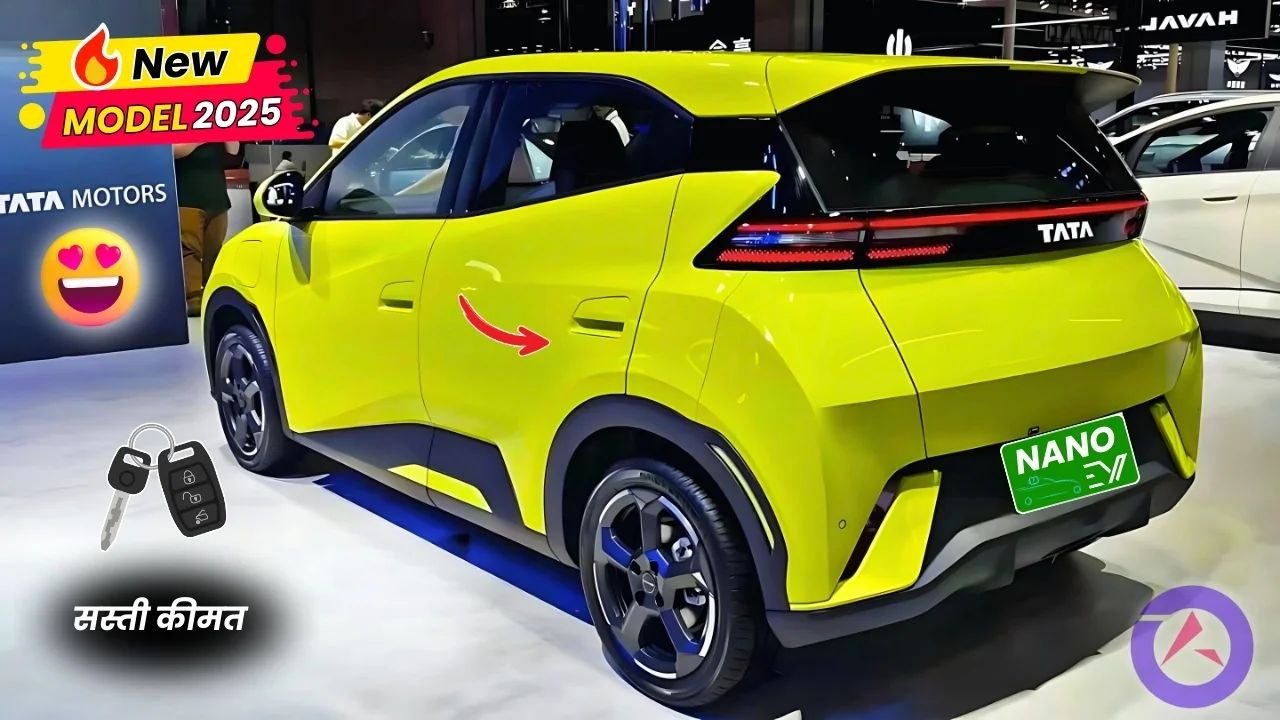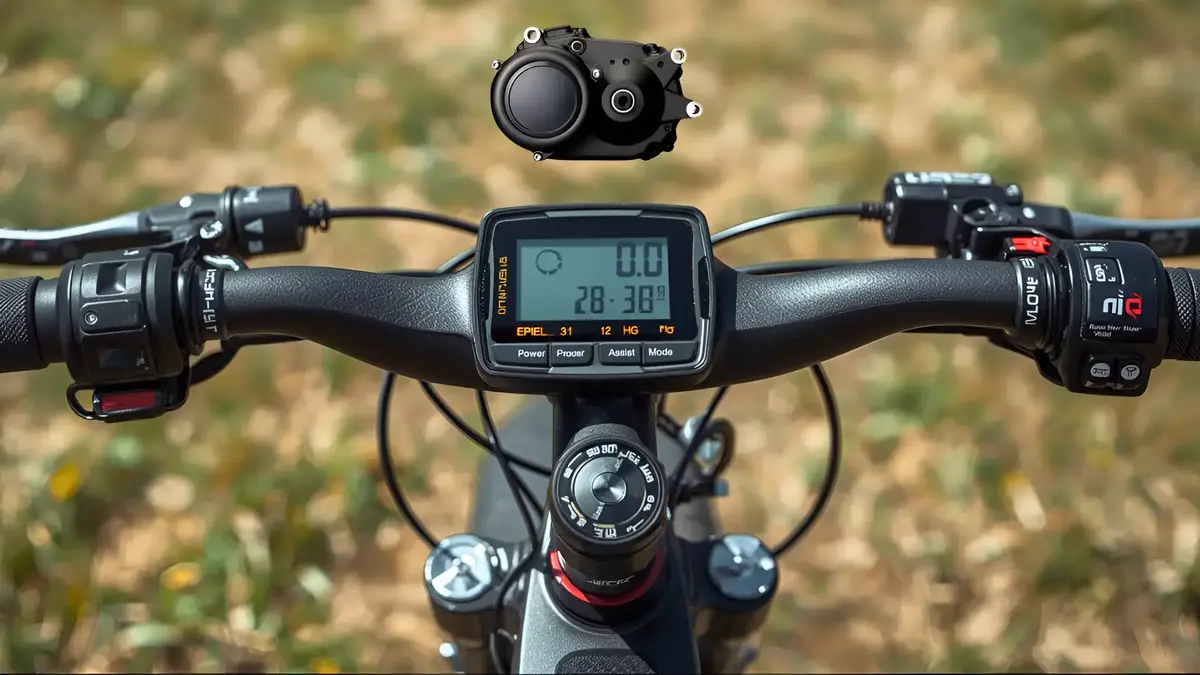The Tata Nano 2025 is back, and it’s smarter, cleaner, and more efficient than ever. Known as the world’s most affordable car, the Nano has been a game-changer for Indian urban commuters for over a decade. With this next-generation model, Tata Motors has reimagined the Nano as an electric vehicle, bringing zero-emission driving into the hands of city dwellers, first-time car buyers, and small families who value economy, compactness, and convenience.
Hero Splendor: दमदार माइलेज और स्टाइल के साथ आपकी परफेक्ट बाइक
Priced between Rs. 4.00 lakh and Rs. 6.00 lakh (ex-showroom), the Tata Nano 2025 competes with rivals like the MG Comet EV, Maruti Alto K10, and Renault Kwid. Its compact dimensions, futuristic styling, and practical electric powertrain make it an ideal choice for navigating India’s congested streets and tight parking spots, while delivering low running costs and minimal environmental impact.
Compact and Contemporary Design
The Tata Nano 2025 retains the iconic boxy charm of the original Nano but adds a modern twist. Its bold front grille, LED headlights, and clean, compact hatchback profile make it both stylish and functional. Measuring 3164 mm in length, 1750 mm in width, and 1532 mm in height, with a wheelbase of 2230 mm, the car offers surprising interior space for its size. The Nano 2025 weighs around 800–900 kg, maintaining its nimble, easy-to-drive character. With 180 mm ground clearance, it can easily tackle India’s uneven roads and speed breakers.
The car comes with 14-inch alloy wheels and tubeless tires, providing better grip and stability. Exterior colors include Pristine White, Lunar Silver, and Cosmic Blue, giving buyers youthful and vibrant options. Despite its compact size, the four-seater layout and practical 110-liter boot space make it a functional urban commuter.
Modern Interior and User-Friendly Features
Inside, the Tata Nano 2025 blends simplicity with functionality. Higher trims feature a 7-inch touchscreen infotainment system with wired Android Auto and Apple CarPlay, helping users stay connected, navigate traffic, or enjoy music while driving. The semi-digital instrument cluster displays key information like speed, battery level, and driving range clearly, making it user-friendly for new drivers. Manual air conditioning ensures comfort in India’s warm climate.
Base trims retain a simpler analog setup for budget-conscious buyers, but the layout remains intuitive, with straightforward controls for lights, wipers, and infotainment. Overall, the cabin is functional, bright, and ergonomically designed for city driving.
Electric Performance and Efficiency
Under the hood, the Tata Nano 2025 is powered by a 35 hp electric motor coupled with a lithium-ion battery pack. The car employs front-wheel drive for smooth handling and quiet operation, ideal for short urban commutes. It accelerates from 0-100 km/h in around 10 seconds and has a top speed of 100 km/h—perfect for city streets and occasional highway stretches.
Range is one of the Nano 2025’s key selling points. On a full charge, it offers 150–200 km in ideal conditions, though real-world urban driving typically yields 120–180 km. Home charging takes around 4–6 hours, making overnight charging convenient for daily commutes. Running costs are remarkably low, approximately Rs. 0.5–1 per km, making it one of the most affordable electric cars in India.
The suspension setup is tuned for light, nimble handling. It handles potholes, speed breakers, and crowded city streets with ease. The compact dimensions and precise steering make parking in tight spots effortless, while the lightweight chassis ensures agility in stop-and-go traffic.
Also Read – Honda Activa 7G – दमदार लुक, बेहतरीन माइलेज और स्मार्ट फीचर्स के साथ सबकी पहली पसंद
Safety and Security
Tata Motors has ensured that the Tata Nano 2025 is not just affordable but also safe. It comes equipped with essential safety features such as dual airbags, ABS with EBD, and seatbelt reminders. Higher variants offer rear parking sensors to make reversing hassle-free. While the car focuses on budget-friendliness, these fundamental safety measures are ideal for navigating India’s busy roads.
The LED headlamps provide better night visibility, and central locking (available on higher trims) enhances security. The car’s rigid build ensures stability, and Tata’s engineering ensures that even a compact EV feels secure and reliable for families and solo drivers alike.
Connectivity and Convenience
The Tata Nano 2025 emphasizes practical tech for everyday driving. Apart from the touchscreen infotainment system in higher trims, the car features a USB port for charging mobile devices. The simple audio system includes two speakers supporting Bluetooth and AUX inputs. Optional features such as power windows and central locking allow customers to customize the vehicle without significantly increasing the price.
With Tata’s focus on simplicity and functionality, the Nano 2025 provides just the right features to feel modern without bloating costs. The cabin is easy to clean, and the ergonomics are designed for comfort during urban commutes.
Pricing and Availability
The Tata Nano 2025 is expected to launch in late 2025 or early 2026. Prices range from Rs. 4.00 lakh for the base variant to Rs. 6.00 lakh for the top-end model (ex-showroom). On-road prices in Delhi may range between Rs. 4.20–6.50 lakh, including RTO and insurance charges.
Tata Motors plans festive deals such as Rs. 10,000–20,000 discounts and low EMI options. Maintenance costs are estimated at Rs. 2,000–4,000 per year, and the vehicle comes with a 2-year/40,000 km warranty. Wait times are expected to be 1–3 months post-launch at authorized Tata dealerships.
User Feedback and Expectations
The early buzz around the Tata Nano 2025 highlights its compact size, low running costs, and impressive EV efficiency. Drivers appreciate the 180 mm ground clearance, making it suitable for Indian road conditions. The 150 km real-world range comfortably supports short city trips and daily commutes.
Some early reviewers have noted that while the Nano 2025 excels in urban use, its power may feel limited for long highway drives. Additionally, the interiors are basic in lower trims, and the boot space is modest. Charging infrastructure in smaller towns may also pose a challenge, but Tata’s growing EV network is expected to mitigate this over time.
Competitor Comparison
In the Rs. 4–6 lakh EV segment, the Tata Nano 2025 undercuts the MG Comet EV on price while offering a reliable, budget-friendly package. It outperforms the Maruti Alto K10 in emissions and running costs, though the Renault Kwid may offer slightly more space. Tata’s extensive EV service network is a key advantage, ensuring hassle-free maintenance and peace of mind for first-time electric car owners.
Final Thoughts
The Tata Nano 2025 is more than just a revival of a classic. It’s a practical, eco-friendly urban commuter with a budget-friendly price, compact dimensions, and Tata’s trusted engineering. Ideal for first-time buyers, small families, and city dwellers looking for affordable zero-emission mobility, the Nano 2025 delivers efficiency, convenience, and style in one compact package.
While it’s not designed to be a highway racer or luxury vehicle, its affordability, functional EV range, and Tata’s reputation make it a compelling choice. With increasing support for electric vehicles in India, the Tata Nano 2025 is set to reclaim its position as the people’s car for a greener, smarter future.
Whether you need a reliable city runabout, a stylish compact EV, or an eco-conscious choice that doesn’t burn a hole in your pocket, the Tata Nano 2025 promises to deliver. Its combination of practicality, low running costs, and Tata’s trustworthy brand makes it one of the most anticipated vehicles in the entry-level electric car segment.
Honda Activa 7G 2025 – Mileage Champion, Modern Design, and Smart Features for Urban Commuters
Some Important Link
| Download News APP | Click Here |
| WhatsApp Group | Click Here |
| Home Page | Click Here |




